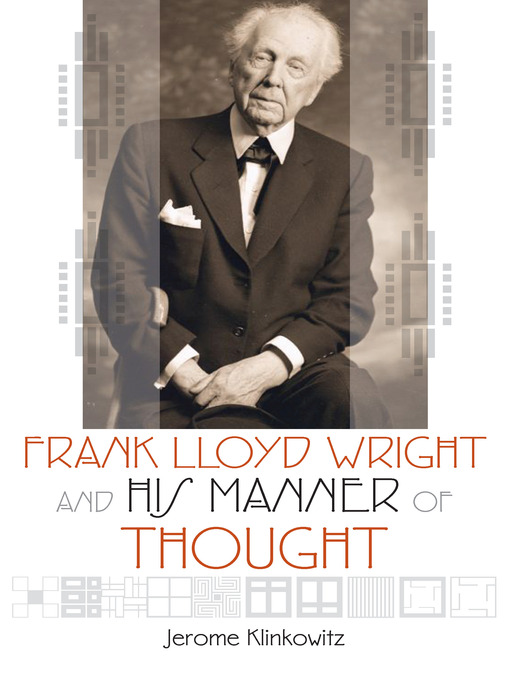
Frank Lloyd Wright and His Manner of Thought
کتاب های مرتبط
- اطلاعات
- نقد و بررسی
- دیدگاه کاربران
نقد و بررسی

September 1, 2014
The literature of architecture includes many studies of Frank Lloyd Wright (1867-1959); his singular genius, his innovative design, his departure from the past, and his grasp of the future. However, few if any, explore the mind of the artist, the philosophical and cultural context of his development, and the wide and varied influences upon his vision of life, love, and humanity. With a keen eye and a deep understanding of the thought processes to be found in Wright's voluminous writings, Klinkowitz (English, Univ. of Northern Iowa) has chronicled the evolution of a philosophy which sought to understand and illuminate the human condition. Familiar images of his works--the Prairie House, the Imperial Hotel in Japan, dwellings built with flowing spaces and no clean definition between inside and outside--are called upon in the examination of the inner workings of an artist's thoughts that never ceased to question. The complexity of his thinking, both as an architect and as a philosopher of the aesthetic, was astounding and Klinkowitz has done a splendid job of tracing these multiple byways and illuminating the final achievements. VERDICT Scholarly, if intense, this is a notable contribution to both architectural and cultural history. For the reader in search of a short but elegant biography, one of the best is Frank Lloyd Wright by Ada Louise Huxtable (2004).--Paula Frosch, Metropolitan Museum of Art Lib., New York
Copyright 2014 Library Journal, LLC Used with permission.




















![Design Like You Give a Damn [2]](https://dl.bookem.ir/thumbnails/150/ISBN13/9781613122860.jpg)




دیدگاه کاربران